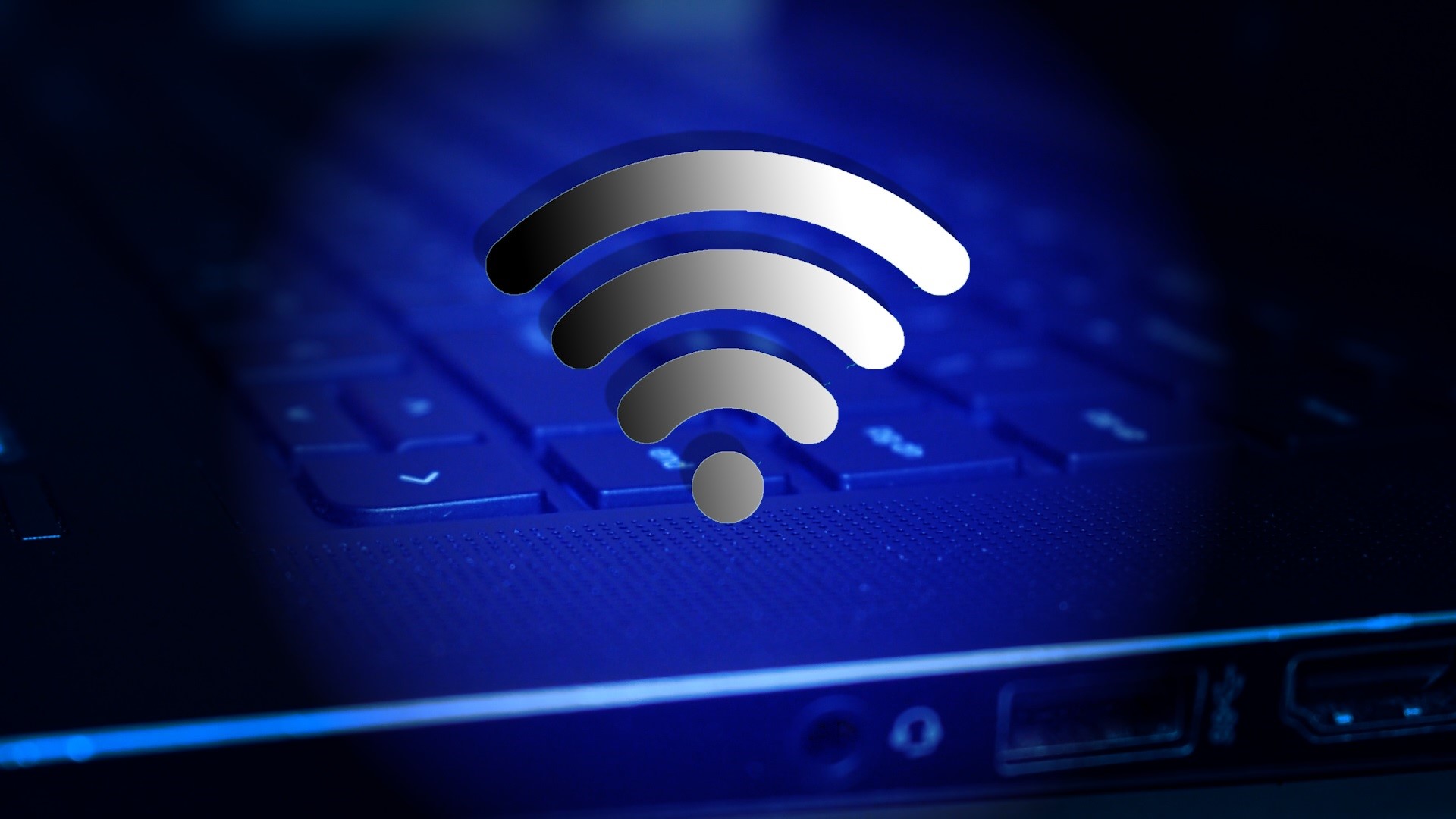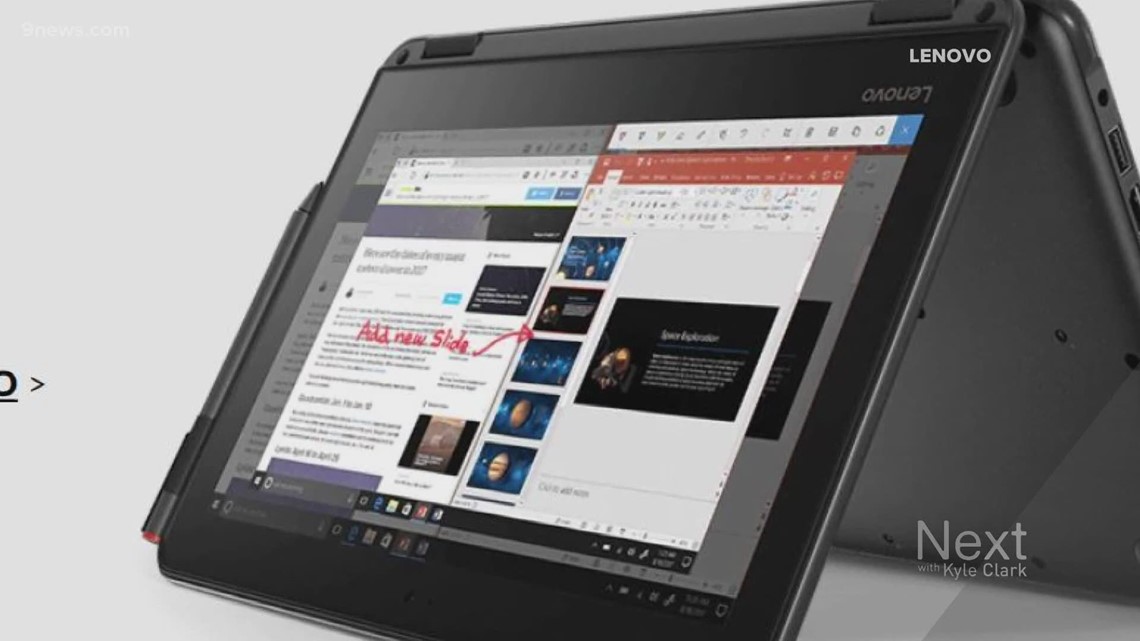DENVER — Denver Public Schools (DPS) rising internet bills are an indicator of just how quickly things have changed during the pandemic.
Before the pandemic, DPS was helping out with internet access for a couple hundred students, but now that number is closer to 5,000.
It means the bill for hot spots alone went from around $4,300 a month to more than $90,000 dollars a month.
Lara Hussain, the Senior Program Manager for Academic Technology, said currently the district is getting support through federal dollars.
"We are currently getting support through CARES Act funds," she said, "Coming through Coronavirus Relief Fund (CRF). And what happens after December has yet to be determined."
This could include tapping into 2016 bond reserves and money remaining from another pool of federal funding, The Elementary and Secondary Education Emergency Relief Fund, which is also under the CARES Act.
DPS received two separate allocations of stimulus funds from the original CARES Act. The district is also hoping for new stimulus help in the future.
The plan right now for DPS is for most students to be remote through part of October, and to gradually welcome all students back when health conditions allow.
"We will do whatever it takes to make sure all of our kids have access to computers and internet at home if they need it," said Hussain.
The access to internet and hot spots have been helping families like Zuton Lucero-Mills.
She has seven people learning from home right now, including four kids who are learning at DPS schools and a daughter in college. Both of her parents are in school too.
"My husband and I are both students," Lucero-Mills said, "He's in his final year of undergrad at MSU and I'm in my first year masters program at MSU."
Lucero-Mills said the additional hot spots supplements their own internet and helps them not overwhelm the system. She also said she believes figuring out funding internet access and technology support long term is going to take a joint effort form a local, state and federal level.
It turns out DPS was already working on improving access to technology for middle and high school students with the approval of Denver voters before the pandemic. Then COVID hit the fast forward button on their timeline. The district was originally planning on scaling up over an 18 month period, but instead needed to in three weeks.
Now moving ahead the challenges are making sure the district is reaching as many families as possible, figuring out funding and making sure the district has enough computers to replace older models.
During enrollment for this school year, DPS asked every family if they have enough internet access and computers. If families said they did not, DPS followed up with them.
It's a moving target, but the district said at the end of the 2019-2020 school year, it estimated 96% of students had internet access. The district is continuing to call families, and said families can reach out to their children's schools for help as well.
SUGGESTED VIDEOS: COVID-19 Coronavirus



